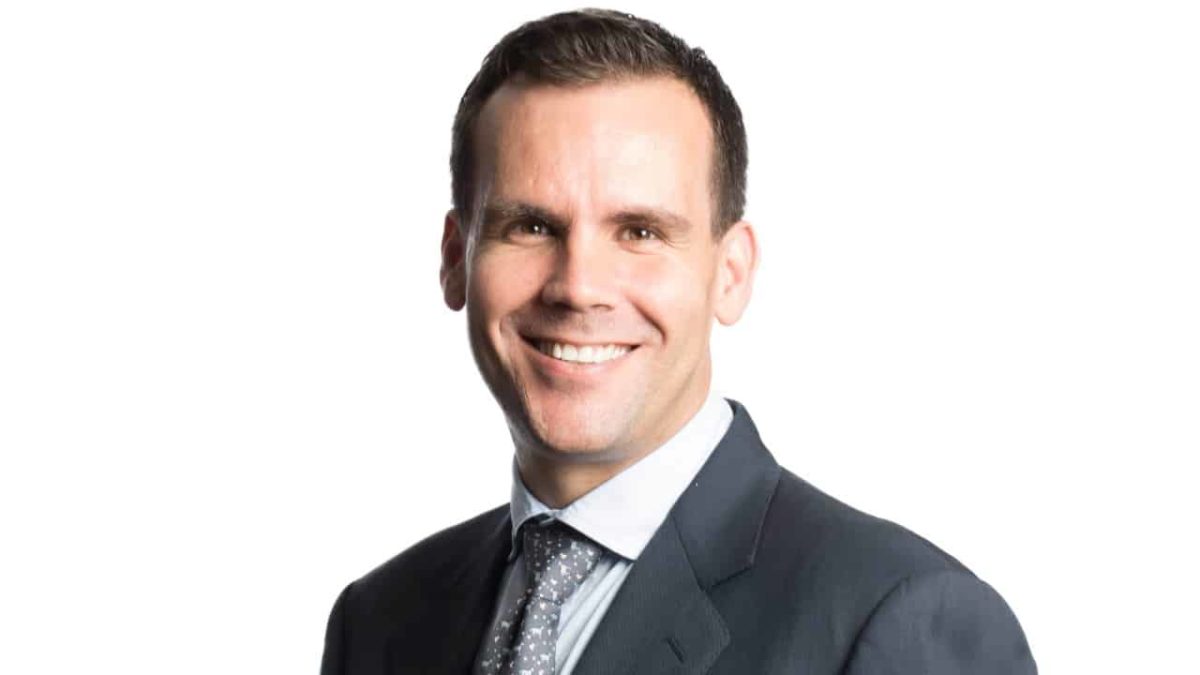Ask a Fund Manager
The Motley Fool chats with fund managers so that you can get an insight into how the professionals think. In this edition, Joel Fleming – portfolio manager at Yarra Capital Management's Australian equities team and the UBS Yarra Microcap Fund – explains the risks and rewards of investing in ASX microcap shares.
MF: How would you describe your fund to a potential client?
JF: Microcap investing is all about trying to drive long-term capital growth. That's what we're trying to achieve for our investors.
We offer a diversified portfolio, meaning we invest in stocks from all areas of industry and at various stages of their development.
It is a higher risk area of the market. There's less analyst coverage and fewer professional investors focused on this area.
But for us it really is about taking a long-term view. We try to find companies today that are undiscovered, that have great management teams and that have a great business plan. And it's about being able to execute that plan over the next 3 to 5 years, enabling that company to turn into a really meaningful business within their industry, and creating great returns along the way.
ASX microcap definitions can vary quite a bit. What sort of market cap are you targeting?
Stocks need to be below a $250 million market cap when they go into our portfolio.
Importantly, though, we're not forced sellers just because a company goes into an index or reaches a particular size. We're looking for those truly great businesses that continue to reinvest in themselves, continue to create opportunities and grow into their market. Being able to go on that journey with them allows you to get the most out of these individual decisions, when you've done so much work to understand the business.
That's a differentiating factor in our part of the market. You can really get behind some of these businesses that have a long life cycle in terms of their development.
Is there a minimum market cap that you won't go below?
Approximately $30 million is our lower end.
I draw the line there because it's important that I can offer an investor today something that I should be able to offer them when the fund is a lot bigger.
We are doing a lot of work around that threshold, though, where it's not quite the time to pull the trigger for portfolio inclusion, but where we are familiarising ourselves with the individual opportunity.
Atop the points you mentioned earlier, are there other specifics you look for in ASX shares that could trigger a buy signal?
We think it's critical to do a lot of detailed due diligence ourselves to really understand an opportunity.
Often in smaller companies, everyone is very passionate about their business. And many of them can tell you a fantastic story about why it's a great investment.
Our job, though, is to try and verify the investment thesis. To say, this looks to be a wonderful idea, but is this the team to really make the most of this opportunity? What are going to be the key issues they might face?
Inflection points in a company's development and its critical milestones are key for us. It can be something like the acceptance by a customer, someone giving them that first important contract. That's often the catalyst.
What type of risk management do you employ, and what factors can see you exit a position?
The first point on risk management is that no single position is more than 5% of the portfolio. That means we're managing position sizes and trimming when a business is performing really well.
In terms of selling, in microcaps, sometimes it just doesn't work with that inflection point you were looking for. There are occasions when something may have changed in terms of the competitive or regulatory environment, resulting in our reason for investing being invalidated. At that point, we will cut and run because our thesis has changed.
The other thing is if a business is taken over. There's a lot of M&A today, so that can be a reason a business will exit the portfolio.
And sometimes a stock has hit its valuation. It's important here, when we've captured a lot of value for our unitholders, that we ask whether we are thinking too optimistically about the blue sky and where they might go from here. So, that valuation is also important in terms of when to trim or actually exit the position.
Which sectors look promising to you over the next 12 months?
We like to take a longer-term view. But in the short-term, New South Wales and Victoria are opening up. People want to get outside, have experiences, and do the things they haven't been able to do.
The spend that comes from that in terms of tourism activities, eating out and all of those types of things is one area that will be quite positive. Savings rates are very high and a lot of fire power exists.
Now these things have been discussed a lot. But the way I look at it is a lot of businesses have been acquiring the sales and marketing for whatever they're trying to achieve. So that ability to fly around again, that ability for sales people to get in front of clients and have a real conversation and build up that momentum is an area where I most look forward to seeing the results.
Particularly if you're trying to grow your business in the United States or Europe. It's been hard to do, hard to grow those relationships [until] the opening up of international travel and executives get out on the ground and really restart things.
Which ASX shares do you think will outperform in this scenario?
I like a business based in New Zealand called Eroad Ltd (ASX: ERD). It's a telematics provider. When you look at the amount of data available related to driver safety, compliance, the ability to pay taxes within a complicated tax environment, they've got a very good product.
They're very strong in their core New Zealand market, but Australia and the US are emerging markets for them. And on the sales cadence and being able to get out there again, I think it's a stock that looks really interesting from here.
Then there's Alliance Aviation Services Ltd (ASX: AQZ), a really well run business, with 2 drivers.
First, you've got the mining industry. A lot of these people don't work next door to where they live. Alliance is in a strong position in that market.
Then there's the opportunity – as people travel differently and the larger airlines are more focused on their traditional routes – to have a big part to play in some of those regional operations. And they're really set up to do well there.
Are there any sectors you think will underperform over the coming 12 months?
If you're looking at streaming services, people are likely to lose 1 or 2 of those as they can go and be out and about again. There's been lots of areas, like in parts of retail… where a lot of consumers have spent their money and are more likely to spend in other parts of the market.
There are other sectors where we can find it difficult to validate the investment propostion. Early stage biotechs are ones we typically find where it's very challenging to add value. That's also often the case with very early stage explorers in oil and gas, or minerals.
We like to buy businesses where we think there's an opportunity for them to create real value. And when we look at the risks where we can understand that in the context of the broader portfolio.
If the market closed tomorrow for 5 years, which stock would you want to hold?
This is a really good question to think about.
I would say Pacific Smiles Group Ltd (ASX: PSQ). It's very hard to disrupt going to the dentist.
This is a growth business that has an excellent footprint, and offers a service that is very difficult to substitute. It has a reasonable number of [dental] graduates coming out of university and offers them a good framework, so they don't have to go out and do all the hard things involved with setting up a business.
I'm confident that [in 5 years], Pacific Smiles will be significantly bigger than it is today as they roll out their footprint. Their model today is working really well.
What do you see as the biggest threat for ASX investors over the next year?
Inflation is obviously interesting, and the great debate over whether it's transitory or perhaps more permanent.
Interest rates have provided the market with a very strong tailwind. At some point, the outlook must level if not look to move up. Even though we all know it's coming at some point, we're uncertain how the market will react to that when it becomes more real.
And what do you see as the biggest opportunity in the year ahead?
The best thing about microcaps is that there's always an opportunity.
We've got a huge investable universe. We've got companies that are small and nimble and are looking for opportunities. They're not sitting there trying to protect a legacy business. Instead, they're saying: "How can I solve a problem? How can I give that customer a better proposition tomorrow than what they're getting today?"
That's what exciting with microcaps. It doesn't matter what's happening on the broader macro, there's always a little microcap business out there that's doing something interesting. And they're not on the front page every day. They don't have 26 institutional investors on their register, so they're often not very well understood.
M&A is also a key theme; microcaps are a great hunting ground for M&A. There are lots of larger companies that are feeling quite confident and have strong balance sheets. I think this will continue to be an area where we'll see a lot of activity because often it's cheaper to buy than build. And we've certainly seen a good run of it through this year.
(Direct investors can access the Yarra Microcaps Strategy through the UBS Yarra Microcap Fund, for which Yarra Capital Management is the delegated investment manager. You can find out more about this fund here.)









